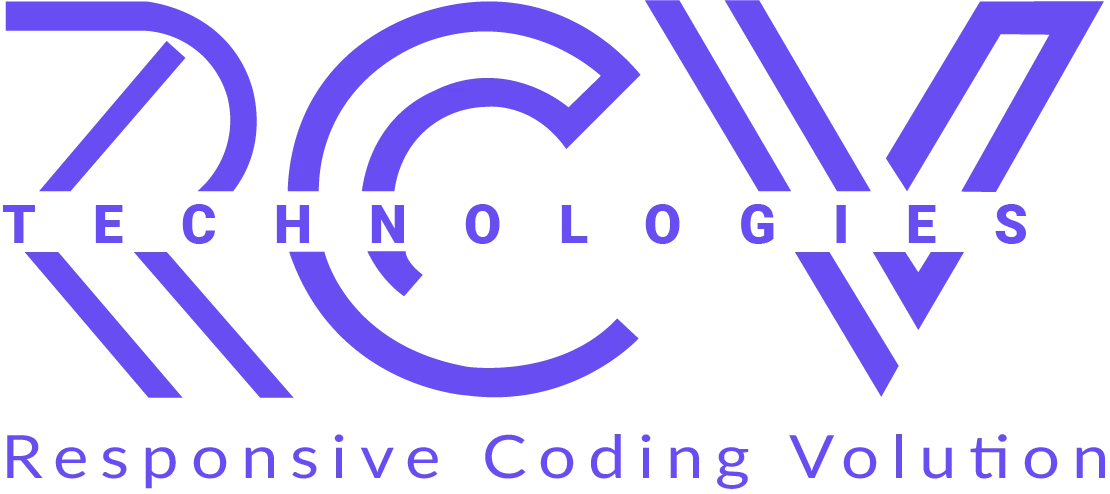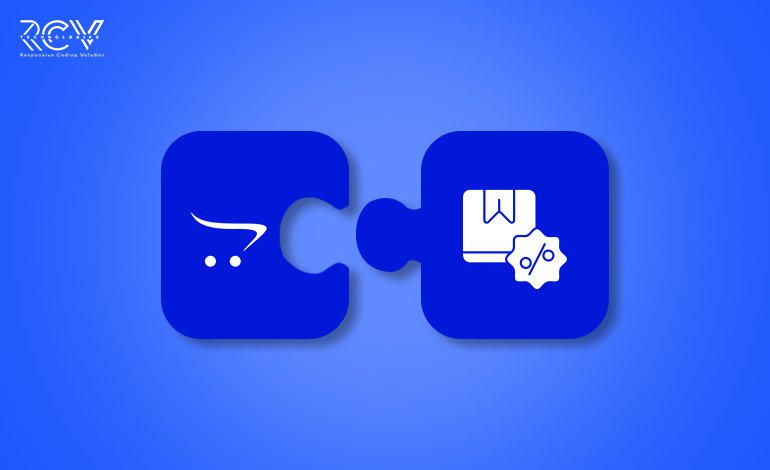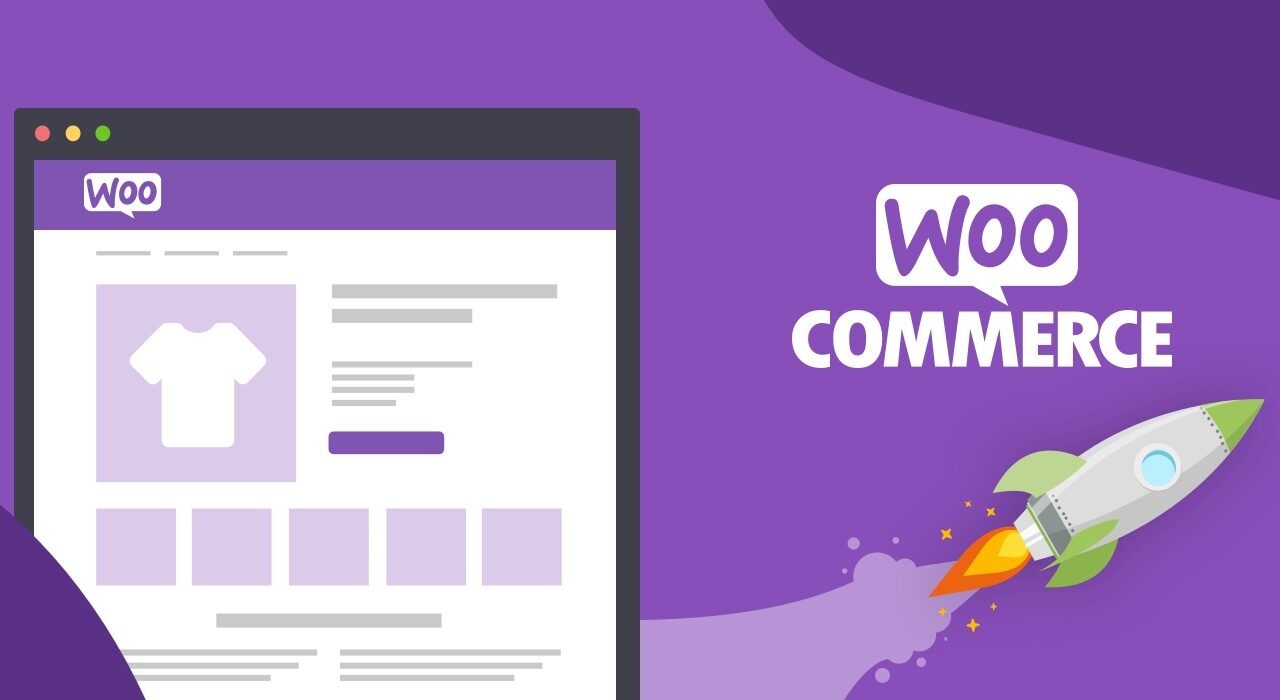How to Choose the Right Tech Stack for Your E-commerce Website in 2025

So, you’ve got a brilliant product idea, a sleek brand vision, and big plans to dominate the digital marketplace. But before you start dreaming of skyrocketing sales and viral product launches – there’s one crucial decision you can’t afford to get wrong: Your tech stack.
In 2025, building an e-commerce website isn’t just about aesthetics – it’s about choosing the right engine under the hood. The technology behind your site directly impacts how fast it loads, how secure it is, how easy it is to scale, and how your customers experience every click, scroll, and checkout.
From Laravel and Shopify to React and Node.js, the options are endless. But which combination is right for you?
In this blog, we’ll break down how to choose the perfect tech stack based on your business goals, budget, and growth plans – whether you’re launching a startup or scaling an enterprise. As a seasoned provider of e-commerce website development services, we’re here to help you make a smart, future-proof choice.
Let’s dive in and build the foundation your e-commerce success story deserves.
What Is a Tech Stack?
A tech stack is the combination of technologies: programming languages, frameworks, libraries, servers, and tools used to build and run your web application.
For an e-commerce site, this includes:
- Frontend: What your customers see (UI/UX)
- Backend: Where the business logic and database interactions happen
- Database: Where your product, customer, and order data is stored
- Hosting/Server: Where your website lives and how fast it performs
Why Choosing the Right Tech Stack Matters in 2025
In the modern digital economy, your e-commerce site isn’t just a storefront—it’s your entire business. A poorly chosen stack can lead to:
- Slow page load speeds
- Limited customization
- Inflexibility as your business scales
- Higher maintenance costs
- Security vulnerabilities
That’s why top software development solutions providers and eCommerce agencies take tech stack selection seriously right from day one.
Top E-commerce Tech Stacks to Consider in 2025
- Laravel + Vue.js or React
- Ideal For: Medium to large custom online stores
- Strengths: Clean architecture, built-in security features, robust APIs, and modern UI frameworks
- Why It’s Trending: Laravel’s expressive syntax and developer-friendly environment, paired with Vue or React, create scalable, high-performance e-commerce apps.
- Perfect Fit For: Brands needing custom logic like multi-vendor setups, subscription models, or advanced filtering.
- Shopify (Traditional or Headless)
- Ideal For: Rapid deployment and non-technical business owners
- Strengths: Hosted solution, app marketplace, strong SEO, mobile optimization
- Why It’s Trending: Headless Shopify allows businesses to build powerful frontends using frameworks like React or Next.js while maintaining Shopify’s solid backend.
- Perfect Fit For: Startups, D2C brands, influencers, and dropshipping businesses.
- Magento (Adobe Commerce)
- Ideal For: Enterprise e-commerce platforms
- Strengths: Advanced catalog management, multi-language/multi-currency support, powerful third-party integrations
- Why It’s Trending: With Adobe’s backing, Magento continues to dominate enterprise-level digital commerce.
- Perfect Fit For: Large businesses with complex inventory systems, global reach, and high customization demands.
- Node.js + React/Next.js + MongoDB
- Ideal For: Real-time data-driven and interactive stores
- Strengths: Single-language development (JavaScript), flexibility, and high performance
- Why It’s Trending: Enables lightning-fast experiences, ideal for modern users who demand instant gratification.
- Perfect Fit For: SaaS-based e-commerce, personalized platforms, and real-time inventory systems.
- WooCommerce (WordPress + PHP)
- Ideal For: Content-heavy e-commerce websites
- Strengths: Seamless WordPress integration, easy to manage, great for SEO and blogging
- Why It’s Trending: WooCommerce continues to serve small to mid-sized businesses looking for full content control alongside selling capabilities.
- Perfect Fit For: Content marketers, bloggers, course sellers, and smaller product catalogs.
Factors to Consider When Choosing Your Stack
As a software development solutions provider, we recommend considering the following:
- Scalability – Will it grow with your business?
- Speed & Performance – Can it handle traffic spikes on sale days?
- Security – Does it protect sensitive data like payments and logins?
- Customizability – Can you tweak it as your brand evolves?
- Budget & Team Expertise – Does your team know the stack, or will you need expert help?
Conclusion: Build for Today, Scale for Tomorrow
In 2025, your e-commerce platform is more than a web development service – it’s your brand’s engine for growth. Choosing the right tech stack means laying a foundation that supports not just beautiful design but also performance, conversions, and scalability.
Whether you’re a startup with a bold idea or an established brand ready to scale globally, your tech stack should work for you – not against you.





